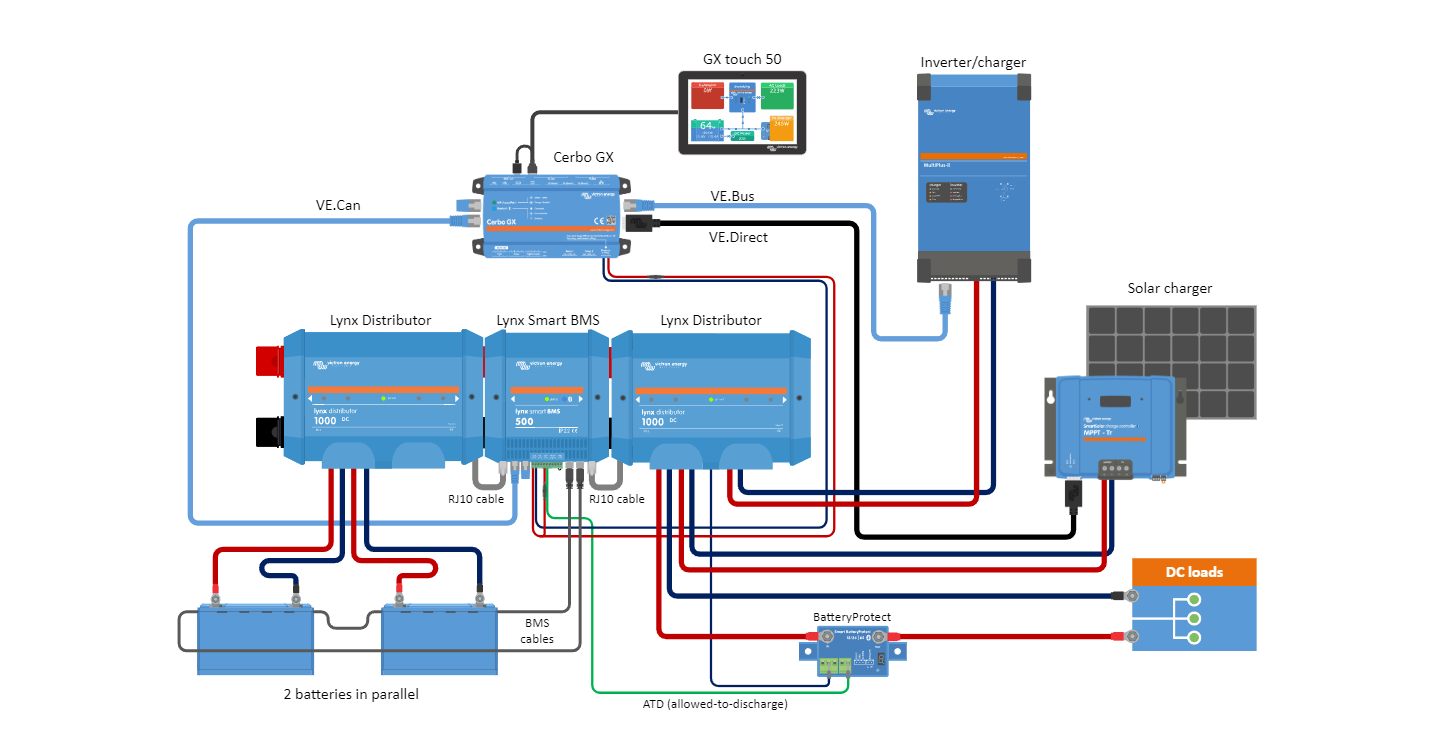The current benchmark for a full-featured all-in-one (AIO) 3-phase hybrid that provides a simultaneous supply of DC from PV to loads (site and grid) and battery, in one unit, is currently the Sungrow SHT series hybrids - recently certified in Australia in March 2024:
https://info-support.sungrowpower.com/application/pdf/2024/03/29/DS_20240328_SH15_20_25T_Datasheet_V3_EN(AU).pdf
This post is for a deployment that will be on-grid for the foreseeable future so that it can sell up to 15kw to a Virtual Power Plant (VPP) to provide a return on investment beyond just the cost benefit of self-consumption.
However, at some point in the future. Perhaps 3-5 years time, this residential site may be taken completely off-grid. There is a good chance off this occurring.
The setup requires a design that includes fault tolerance in the form of redundancy in the event of a hardware failure. While on-grid a failover scenario can fall back to grid supply, but when off-grid we need true hardware redundancy and Sungrow doesn't have it.
What Sungrow allows with this model is merely a pseudo-parallel split of the site into two separate load and battery infrastructures/sub-sites, each one supplied separately by one of a pair of identical SHT hybrids.
It may be possible to install two hybrids as an active/standby pair and use an automatic transfer switch to switch from the active hybrid to the standby hybrid in the event the active fails.
But, this is not a supported design and might not be possible if their software doesn't allow for active/standby configuration and handling of the switch.
I've looked at SMA and their hybrids are limited to 10kw and cannot be combined into a smart cluster.
The key objective here is to install a singular system that is entirely DC Coupled to a unit or cluster of units that can take any DC supply and route it to where it is required. Whether to grid (while on-grid) and site loads or to battery, or all of them simultaneously.
The point in this design is that no AC Coupling is required or even recommended and loads can be supplied from PV without drawing from the battery: unless not enough PV power is available.
Is this design achievable using Victron components?
Thanks, Nick

